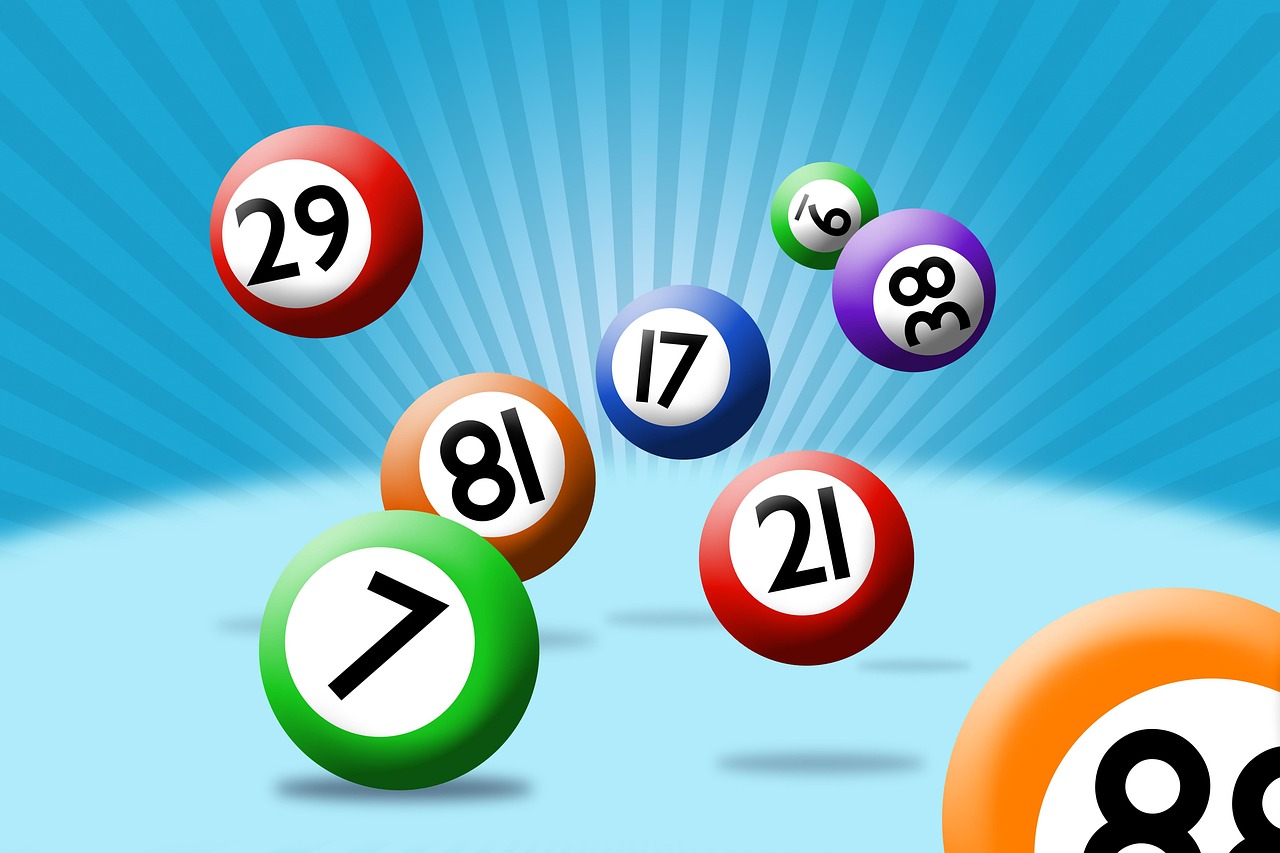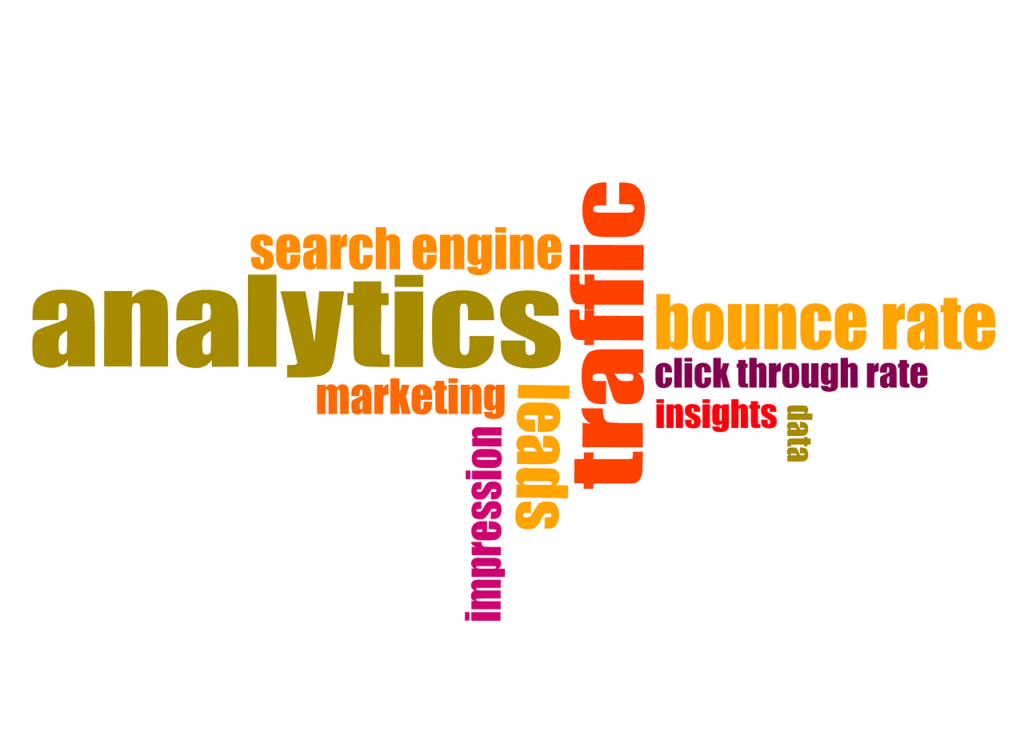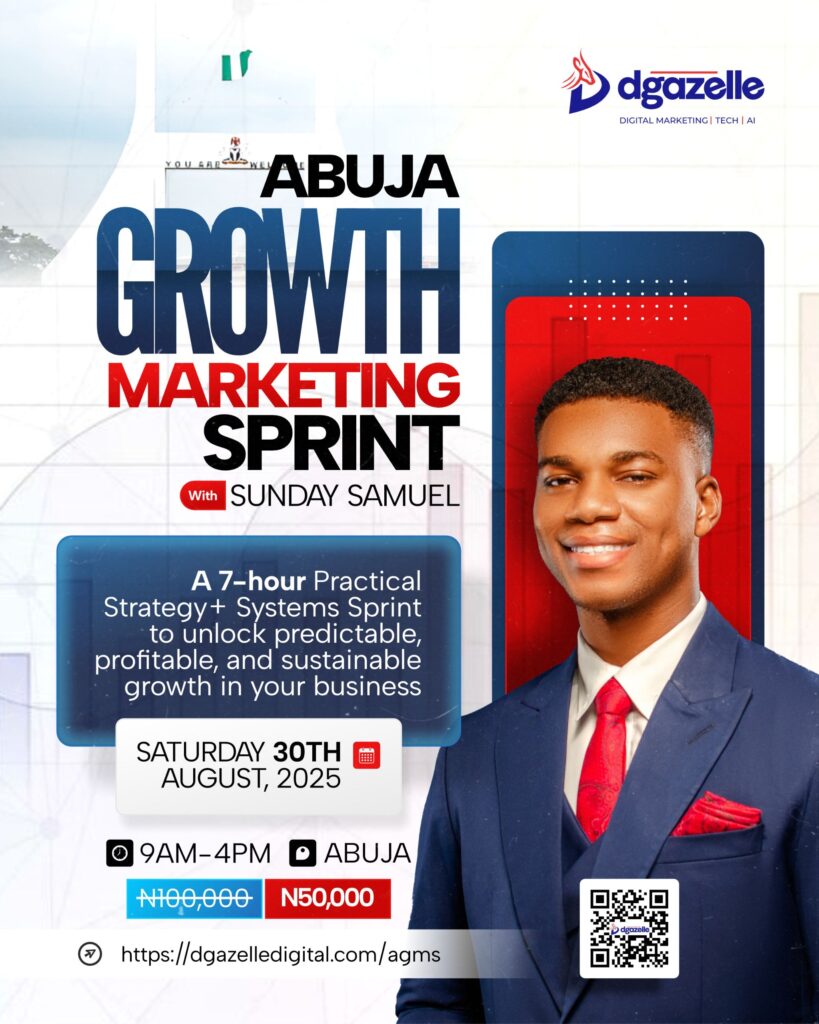
Are you struggling with a high bounce rate that’s hurting your website’s performance and conversions? You’re not alone, many website owners face the challenge of visitors leaving too quickly, increasing their bounce rate and lowering engagement.
The good news is that cutting your bounce rate in half is entirely possible with the right strategies. By understanding how to reduce website bounce rate effectively and improving user experience, you can keep visitors on your site longer, boost engagement, and ultimately increase conversions.
Imagine turning casual visitors into loyal users by speeding up your website, using interactive content, and personalizing their experience. These proven strategies to reduce bounce rate on your website will not only improve your SEO rankings but also create a more inviting and engaging site that your audience loves.
In this post, you’ll discover six simple yet powerful ways to lower bounce rate and increase engagement. Ready to transform your website and cut bounce rate in half? Let’s get started!
1. Get Inside Your Visitors’ Heads: Understand and Match Their Intent
Imagine walking into a store looking for running shoes, but the salesperson immediately tries to sell you hiking boots. You’d probably walk right out, right? The same thing happens on your website if your content doesn’t match what visitors are expecting.
Visitors bounce when they don’t find what they came for or when your page doesn’t deliver on the promise made in search results or ads.
How to fix it:
Dig into your analytics: Tools like Google Analytics can tell you which pages have the highest bounce rates and where your visitors are coming from. Are they clicking an ad promising one thing but landing on a page about something else?
Align your content: Make sure your headlines, meta descriptions, and landing page content all speak directly to what your visitors want. If someone’s searching for “best budget laptops,” don’t send them to a page about premium models.
Create targeted landing pages: If you have different audience segments or product lines, build separate landing pages that speak directly to each group’s needs.
By understanding and catering to visitor intent, you’re setting the stage for a better experience that encourages people to stick around.
2. Speed Things Up: Make Your Website Lightning Fast
We live in an age of instant gratification. If your website takes forever to load, visitors won’t wait around, they’ll bounce. Research shows that a delay of just one second can increase bounce rates by up to 32%. That’s huge!
Slow loading pages frustrate users and hurt your search engine rankings.
How to fix it:
Aim for under 3 seconds: Use tools like Google PageSpeed Insights or GTmetrix to check your site speed and get suggestions.
Optimize images: Large images are often the biggest culprits of slow load times. Compress them without losing quality using free tools like TinyPNG or ShortPixel.
Use caching and CDNs: Browser caching stores parts of your site on visitors’ devices, so they don’t have to reload everything each time. Content Delivery Networks (CDNs) serve your site from servers closer to your visitors, speeding things up globally.
Cut down on unnecessary plugins and scripts: Every extra script or plugin adds load time. Keep only what you really need.
A fast website isn’t just a nice to have, it’s essential for keeping visitors engaged and reducing bounce.
3. Make It Easy and Beautiful: Improve Navigation and Design
When visitors land on your site, they want to find what they need quickly and easily. If your navigation is confusing or your site looks cluttered, they’ll leave.
A clean, intuitive design helps visitors explore more pages and feel comfortable on your site.
How to fix it:
Simplify your menus: Use clear, descriptive labels and keep menus straightforward. Avoid overwhelming visitors with too many options.
Add a search bar: Sometimes visitors want to find something specific fast. A search bar can help them do that without frustration.
Make your site mobile friendly: More than half of web traffic comes from mobile devices. If your site isn’t responsive and easy to use on phones or tablets, you’ll lose visitors.
Use whitespace and consistent fonts: Clean layouts with plenty of breathing room and easy to read fonts make your site inviting.
Highlight your CTAs: Use clear, eye catching buttons for calls to action like “Sign Up,” “Buy Now,” or “Learn More” to guide visitors where you want them to go.
A website that’s easy to navigate and visually appealing encourages visitors to stick around and explore.
4. Get Interactive: Use Engaging Content to Keep Visitors Hooked
Static pages with just text and images can only hold attention for so long. Interactive content invites visitors to participate, making their experience more memorable and enjoyable.
Interactive content increases time on site and reduces bounce by making visitors active participants rather than passive readers.
How to fix it:
Add quizzes and surveys: These are fun and give visitors a reason to stay and engage. For example, a quiz like “Which marketing strategy suits your business best?” can be both entertaining and informative.
Use polls and contests: These encourage visitors to interact and share their opinions.
Try gamified pop ups: Spin-to-win wheels or scratch cards offer visitors a chance to win discounts or freebies, which can keep them engaged longer.
Include videos and infographics: Videos can explain complex topics quickly and keep visitors watching, while infographics make data easy to digest.
Interactive content creates a dynamic experience that makes visitors want to stay and explore more.
5. Make It Personal: Tailor the Experience to Each Visitor
We all love feeling special, and your website visitors are no different. Personalizing their experience can make a huge difference in how long they stay.
Personalized content and recommendations show visitors you understand their needs, making them more likely to engage.
How to fix it:
Use behavioral targeting: Show content or products based on what visitors have looked at before. For example, if someone browsed hiking boots, show related gear or reviews.
Leverage geolocation: Tailor offers or content based on where visitors are located. A visitor from New York might see different promotions than someone from London.
Segment your audience: Group visitors by demographics or behavior and create content that speaks directly to each segment.
Test and tweak: Use A/B testing to see which personalized messages or layouts work best.
Personalization makes your visitors feel seen and valued, which encourages them to stay longer and come back.
6. Don’t Let Them Leave Without a Fight: Use Exit-Intent Pop-ups and Smart CTAs
Sometimes, despite your best efforts, visitors are about to leave. That’s when exit-intent pop-ups and well placed calls to action can save the day.
These tools give you one last chance to capture attention before a visitor bounces.
How to fix it:
Exit-intent pop-ups: These appear when your visitor’s cursor moves toward the close button or address bar. Use them to offer discounts, free downloads, or newsletter signups.
Keep pop-ups relevant and non-intrusive: Nobody likes annoying pop-ups. Make sure yours are helpful and easy to close if visitors aren’t interested.
Use clear, compelling CTAs: Your calls to action should be easy to spot and tell visitors exactly what to do next; whether it’s signing up, downloading a guide, or checking out a product.
Link internally: Within your content, add links to related articles or products to encourage visitors to keep exploring your site.
These strategies help turn potential bounces into conversions and longer visits.
Bonus Tips to Keep Your Bounce Rate Low

Ask for feedback: Sometimes the best way to understand why visitors leave is to ask them directly. Use short surveys or feedback forms to gather insights.
Be honest in your titles and descriptions: Don’t promise something in your meta description that your page doesn’t deliver. Misleading visitors leads to quick bounces.
Keep testing: Bounce rate optimization is an ongoing process. Use heatmaps, session recordings, and A/B testing to keep improving.
Consider professional help: If you’re struggling despite your efforts, a web design or UX expert can provide fresh eyes and solutions. If you need a Web Design Expert, reach out to Dgazelle Digital Agency.
Wrapping It Up: Your Roadmap to Cutting Bounce Rate in Half
Reducing your bounce rate might seem challenging, but with these six strategies, you’re well on your way to creating a website that visitors want to stick around on. Start by understanding your visitors’ intent and speeding up your site. Then, make your site easy to navigate and visually appealing. Add interactive elements to engage users and personalize their experience. Finally, use smart pop-ups and calls to action to catch visitors before they leave.
Remember, the goal isn’t just to reduce bounce rate for the sake of numbers, it’s to build a website that truly serves your audience, keeps them engaged, and helps your business grow. So take it one step at a time, track your progress, and watch your bounce rate drop while your conversions rise.
Ready to get started? Your visitors are waiting!








